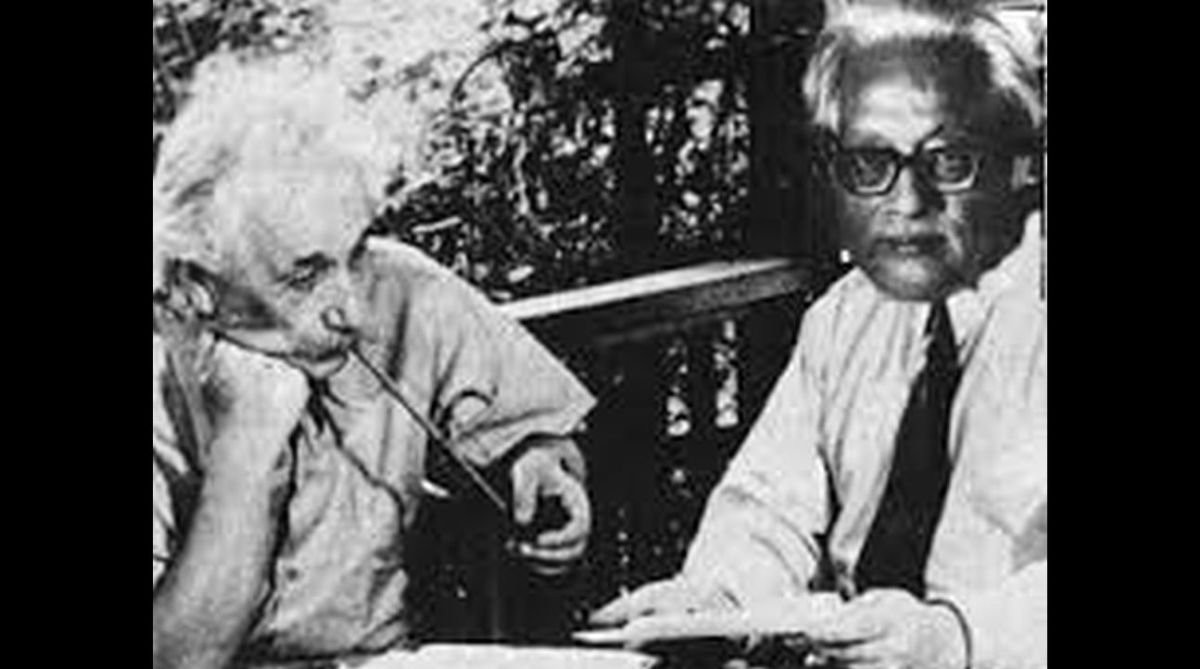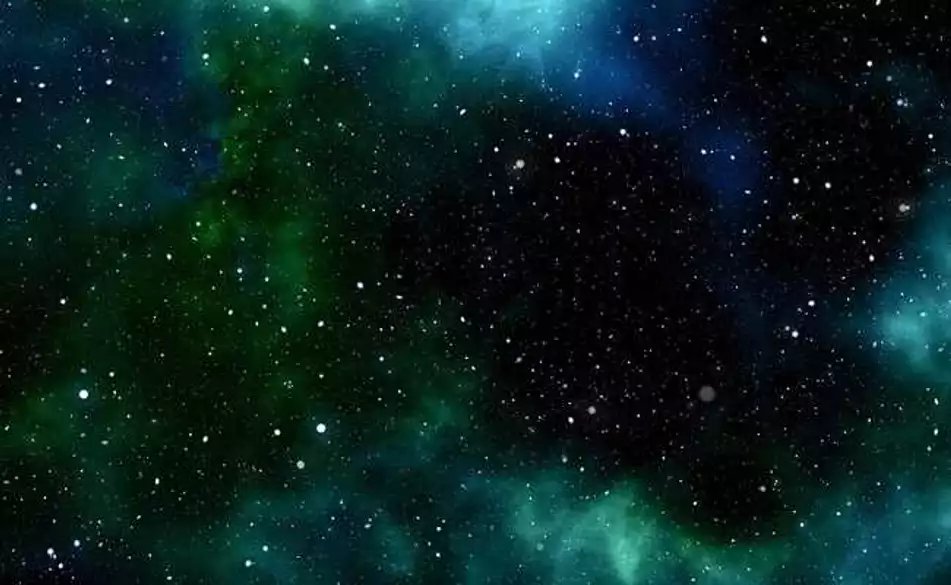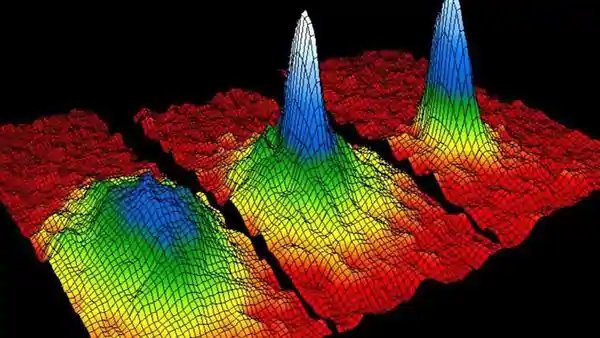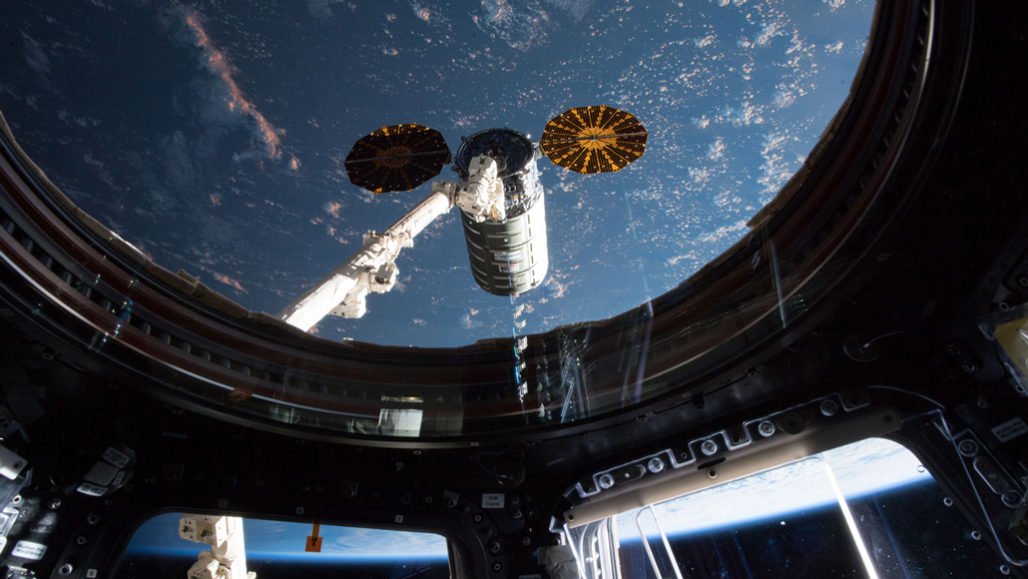If you remember anything from those tricky physics classes, you’d remember how there are four states of matter common in everyday life — gases, liquids, solids, and plasmas.
However, there is also a fifth state of matter called the Bose-Einstein condensates (BECs), which was predicted by Albert Einstein and Indian mathematician Satyendra Nath Bose about a century ago. This is when a group of atoms is cooled to near absolute zero, the atoms begin to clump together, behaving as if they were one big “super-atom.”

Now, after research scientists from NASA have observed the fifth state of matter in space for the first time which will provide some unprecedented insight that could help solve some of the quantum universe’s most difficult questions.

This exotic form of matter was created in the unique microgravity environment aboard the International Space Station. The scientists think that BECs contain vital clues to mysterious phenomena such as dark energy — the unknown energy thought to be behind the Universe’s accelerating expansion.

On Thursday a team of NASA scientists unveiled the first results from BEC experiments and stated,
Microgravity allows us to confine atoms with much weaker forces, since we don’t have to support them against gravity.

Even though it is extremely difficult to create BECs in terrestrial labs, in the new research it was found that they could increase the amount of time they can analyze these condensates after the traps confining the material is switched off to more than one second.
The Bose-Einstein condensates (BECs) was first created in the lab 25 years ago. Now the research is being done in an Earth-orbiting research laboratory, the Cold Atom Lab.



























